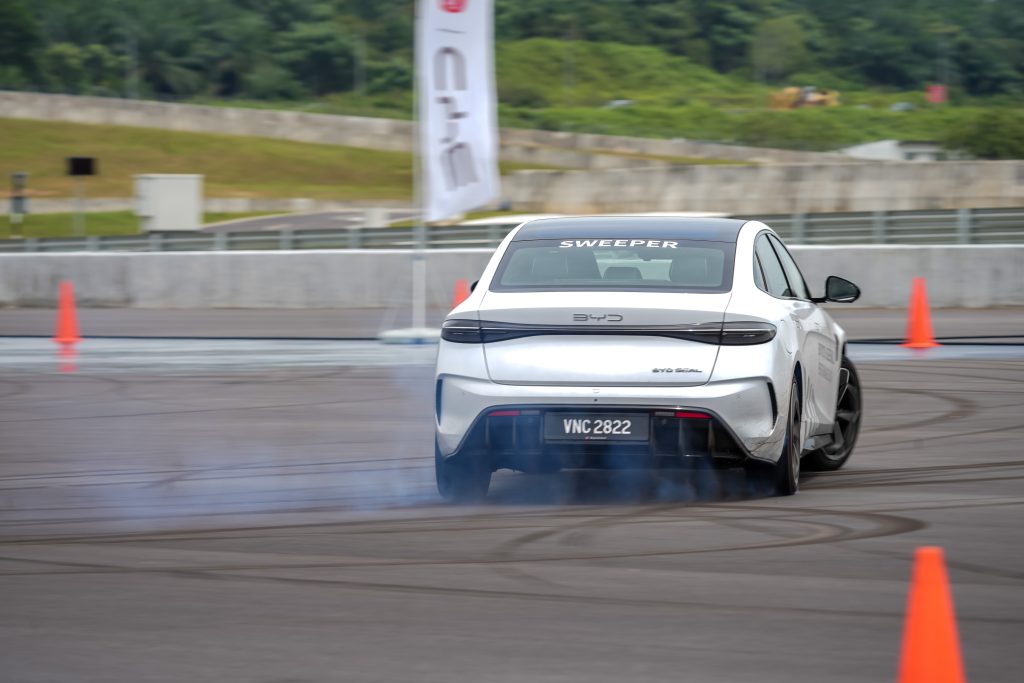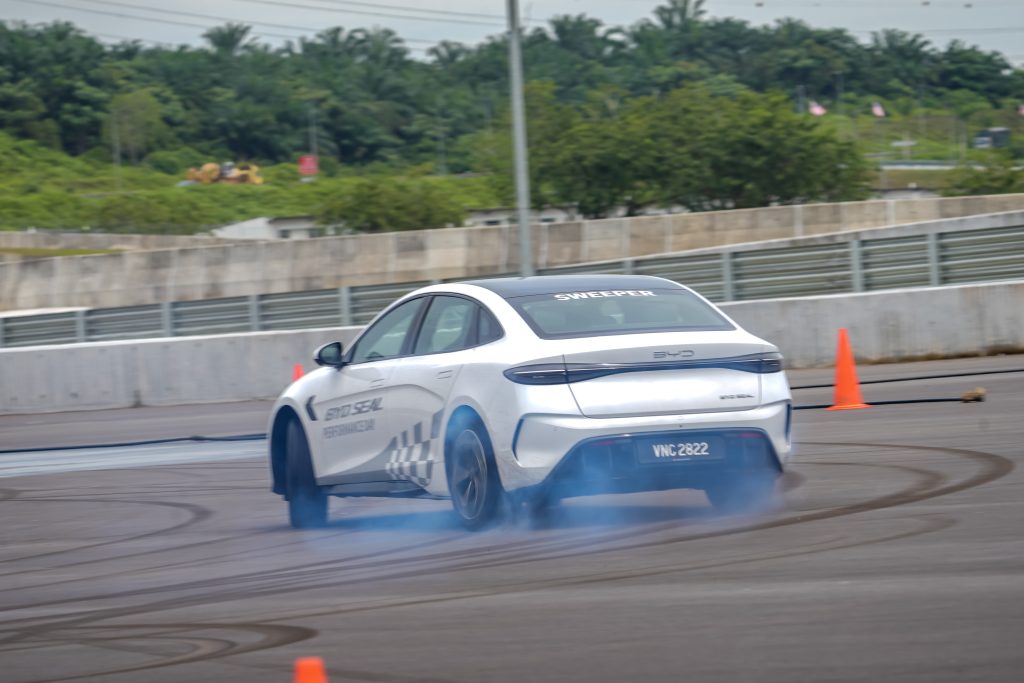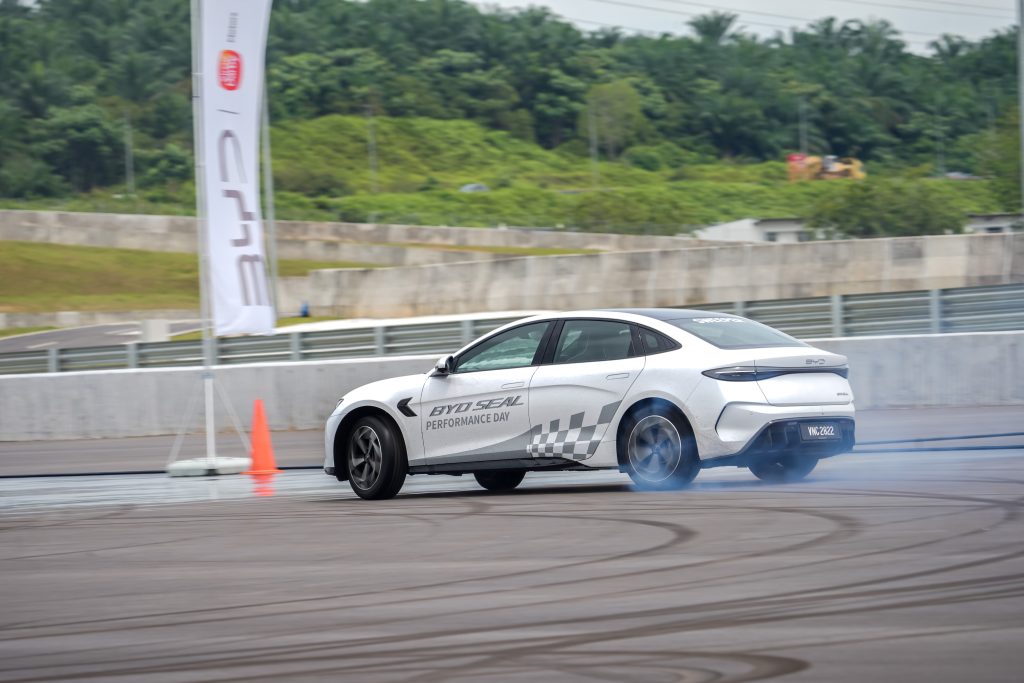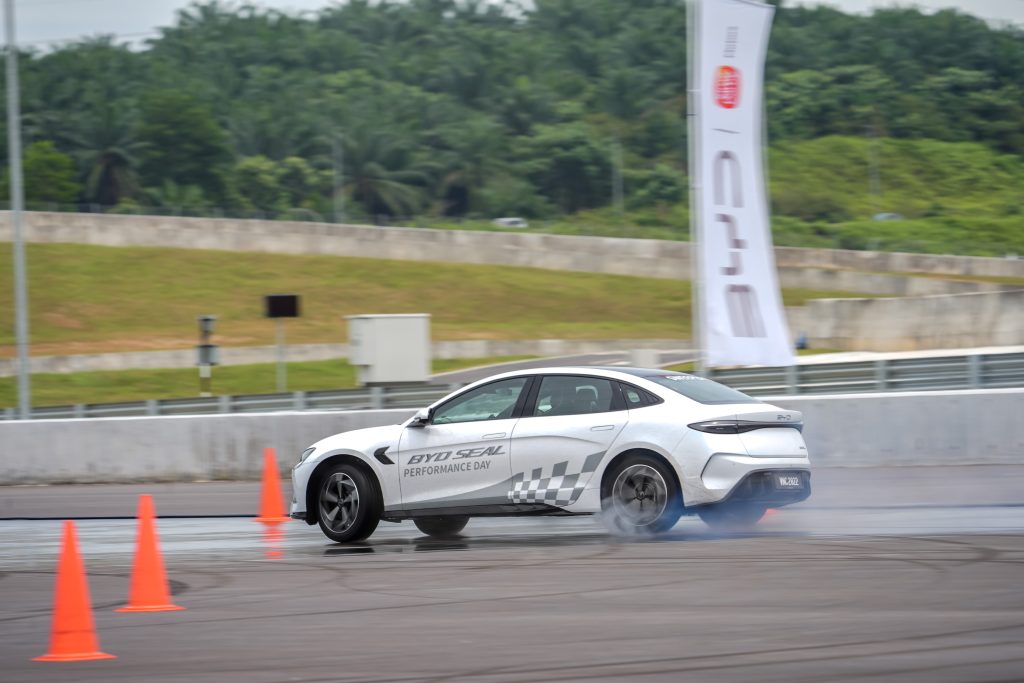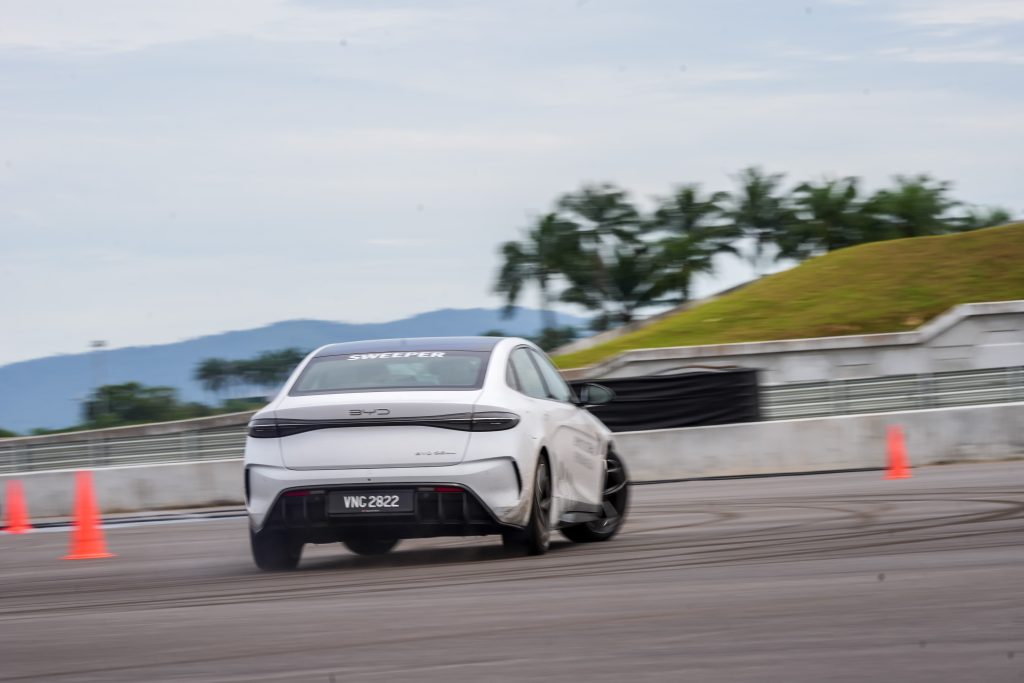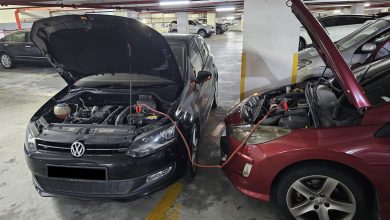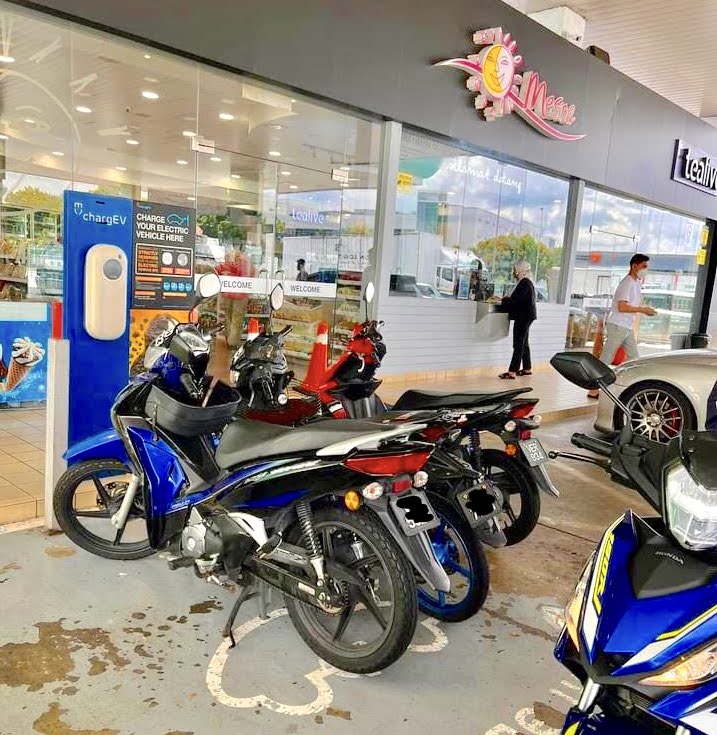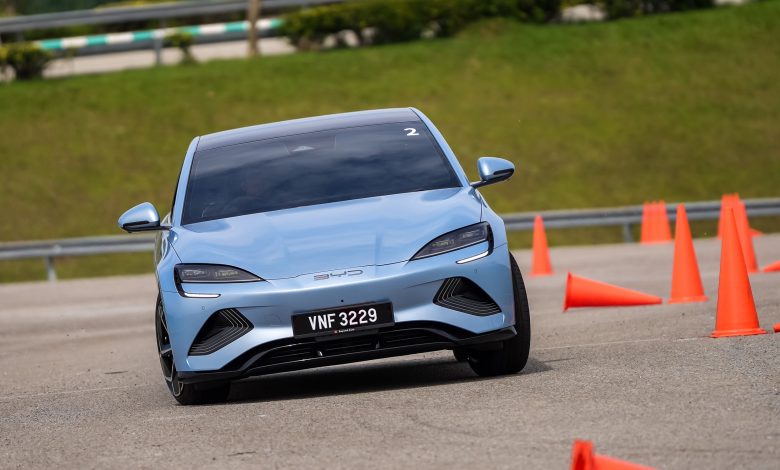
There is no doubt that the best seat in the BYD Seal Performance is the driver’s seat.
Despite being out for nearly a year already, BYD had nevertheless decided to recently once again show off the prowess of its flagship Seal Performance all-electric sports sedan with an autocross invitational. And it just so happened that Automacha was among the lucky few invited to participate!
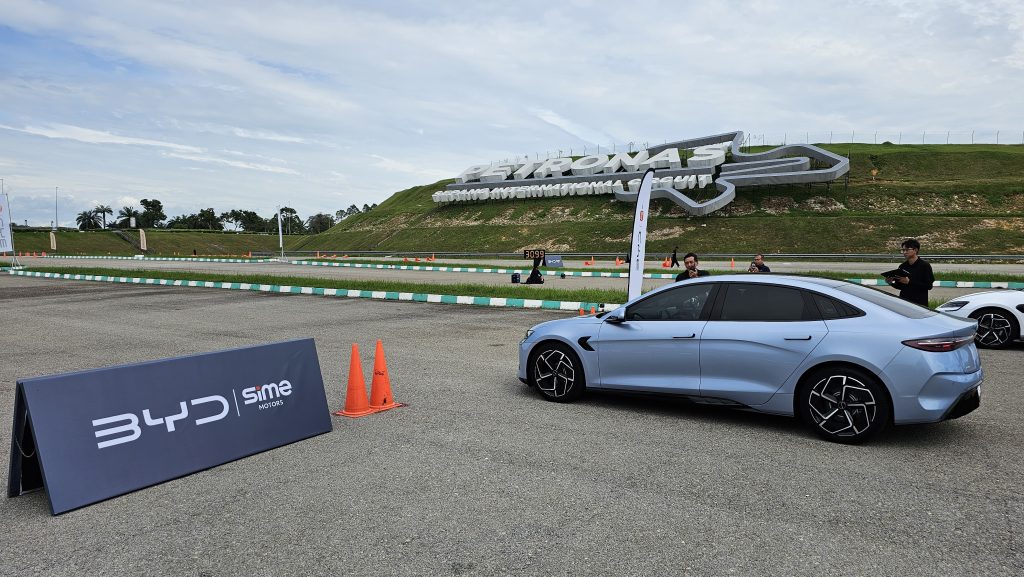
So here therefore are just a few observations gleaned about DSF’s Electric Performance Sedan Of The Year 2024, from a short thrash round a gymkhana course in Sepang, and a loooong drive to and from there.
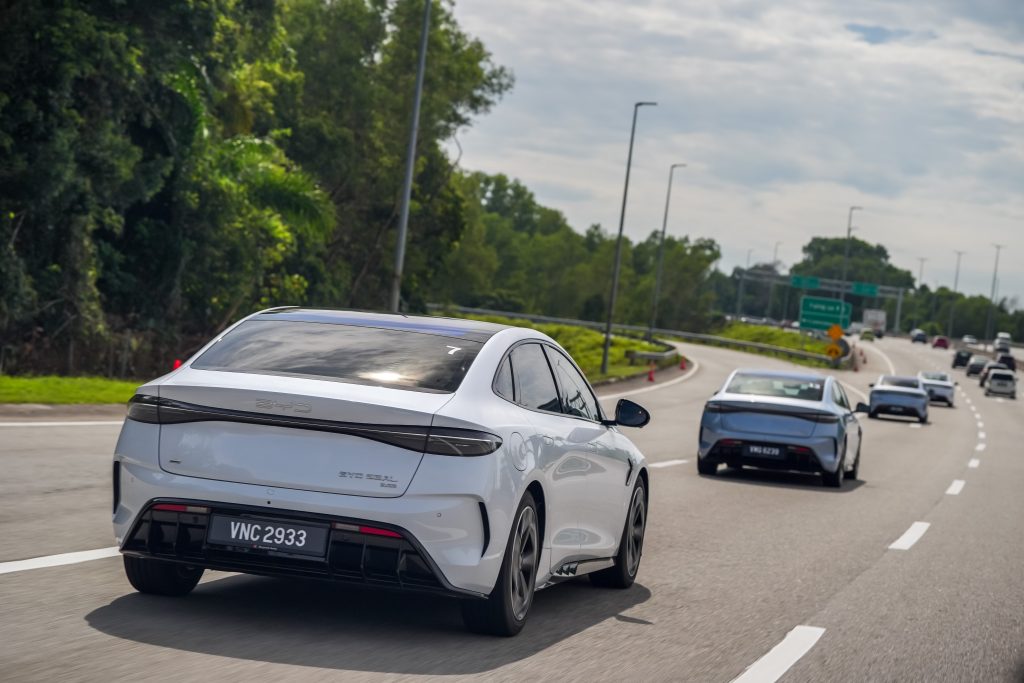
Editor’s Note: Due to the relatively short time spent with the BYD Seal Performance this time round, this autocross impressions piece here will not exactly be the usual full thesis of an Automacha review. So please do excuse the lack of coverage on a few key bits of this EV from this quick look, like the infotainment system and its charging capabilities for instance.
As A Passenger
Now en route from the heart of KL to Sepang and back, this writer had spent most of his time in the rear of the BYD Seal. And if being totally frank here, it wasn’t exactly the most pleasant of experiences…
Starting with the good bits first, this sleek sedan still surprisingly has decent headroom for even a six footer in the rear. Overall cabin quality was more than decent too, with there being an overall premium feel within the Seal.
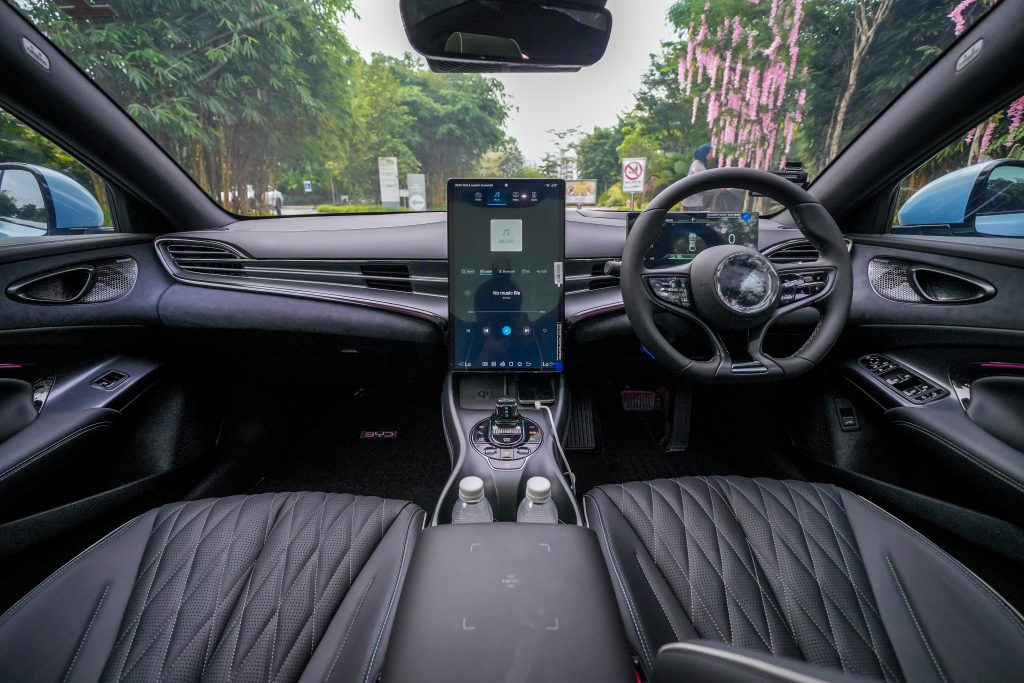
This premium ambience in the Seal Performance however was unfortunately to largely be undercut by the bounciness of its ride, especially at highway speeds. And while a bouncy ride in a sporty sedan typically comes from overly stiff suspension not absorbing the bumps at all, the space-hopper ride in this BYD felt more as if its shock absorbers on this brand new test car were well past their first flush of youth.
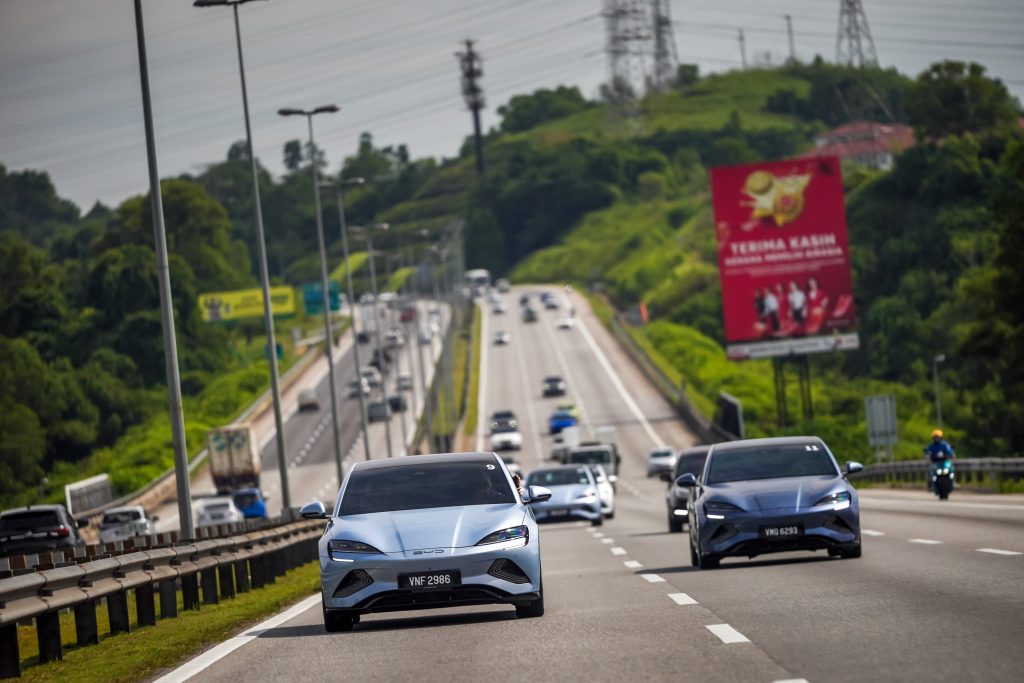
Further adding to the discomfort for rear seat passengers is for said rear seats to feature a bit of a hump where the base meets the backrest, which just so happens to be right where one’s tailbone is. So getting comfortable requires sitting with a slight slouch, but that isn’t the most comfortable too, because the high floor in the Seal means that there is thus no feasible way to tuck one’s feet under the front seats.
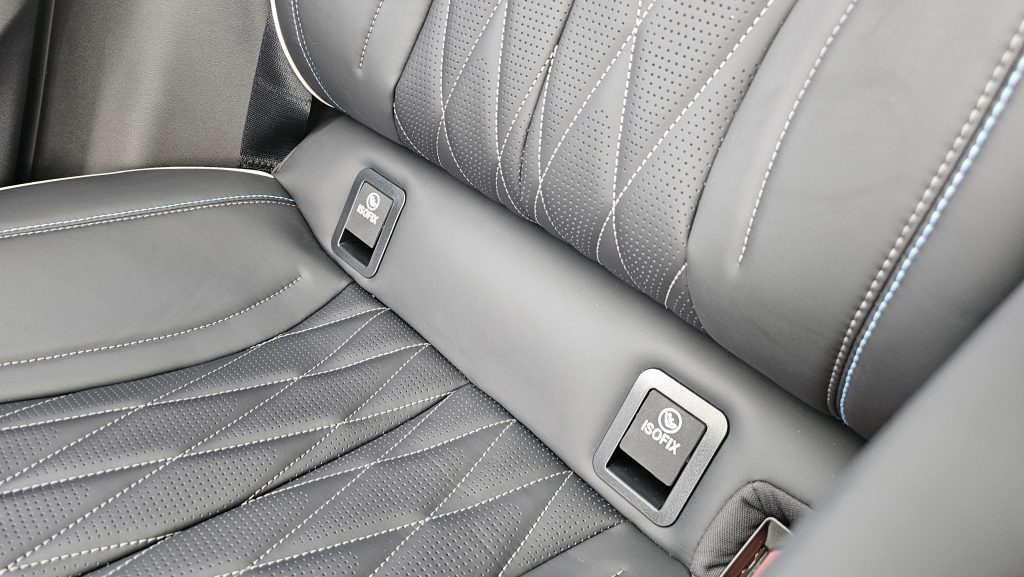
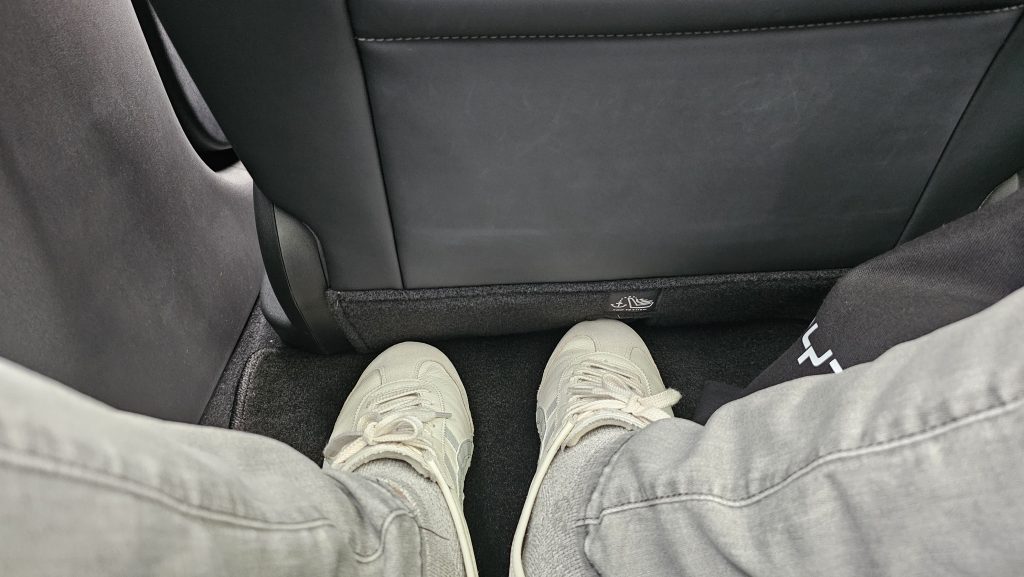
What more is that the BYD’s brakes are to be a tad sharp on its bite in ‘sport’ mode, to the point that the more motion-sensitive might feel nauseous after a while. Thankfully the sharpness of its stoppers can be dulled out by putting it in ‘comfortable’ setting, but sadly nothing could easily be done about the massive front headrest of the Seal’s sports seats blocking out nearly all the view out front from the rear.
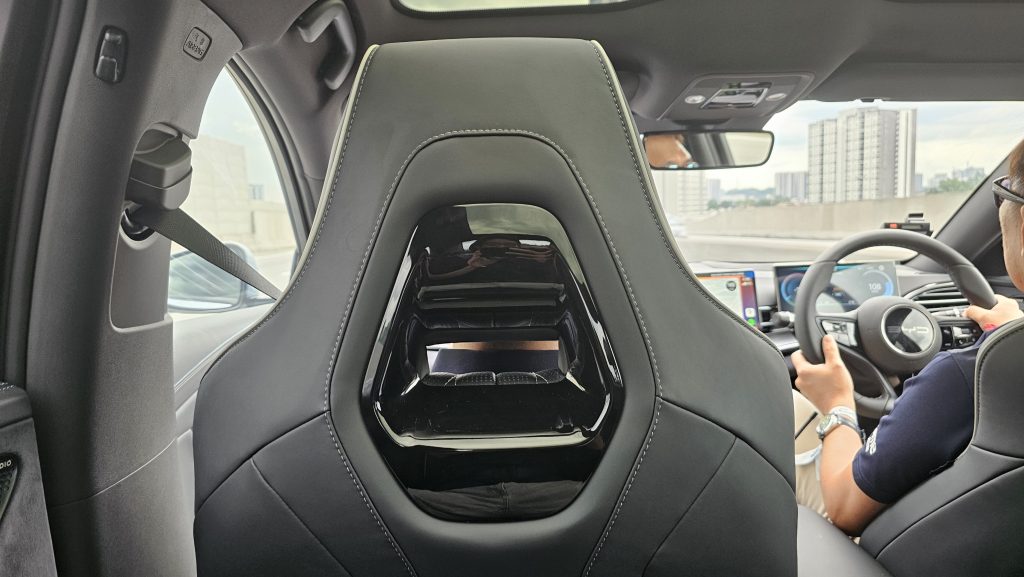
Also, there was to be a noticeable bit of tyre roar emanating from the Continentals fitted, especially when travelling on certain loud bits of Malaysian tarmac. This here really is a nitpick though, as overall the all-electric Seal Performance is actually remarkably quiet within, even at up to well above highway speeds.
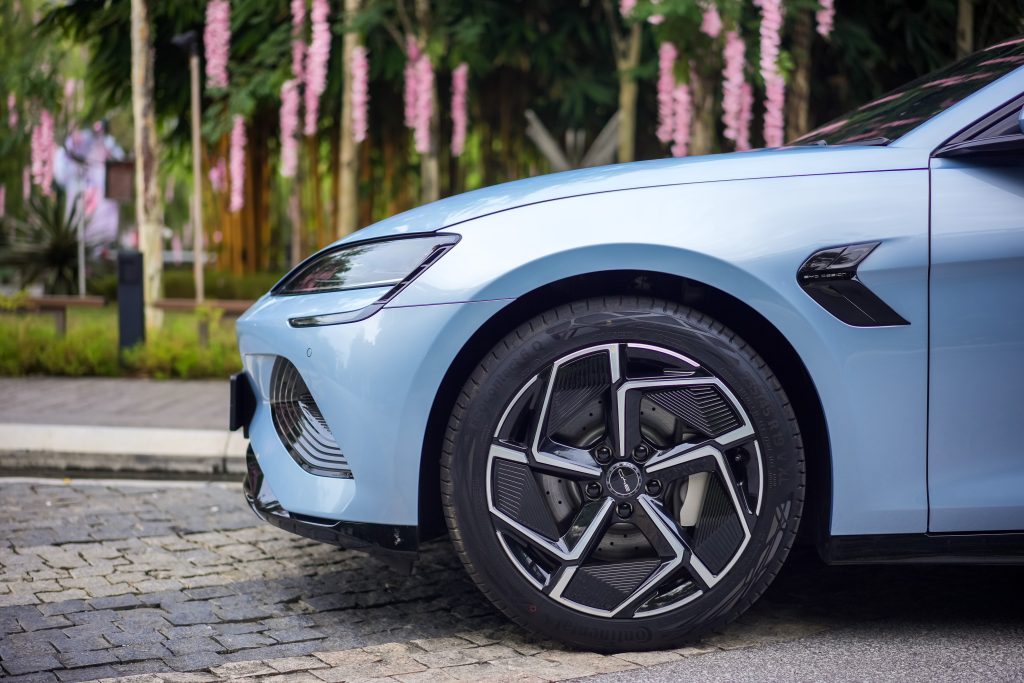
As A Driver
Turning to how things are in the driver’s seat meanwhile, the person behind the wheel of the Seal is happily guaranteed a much better time than those who don’t have direct control of the car.
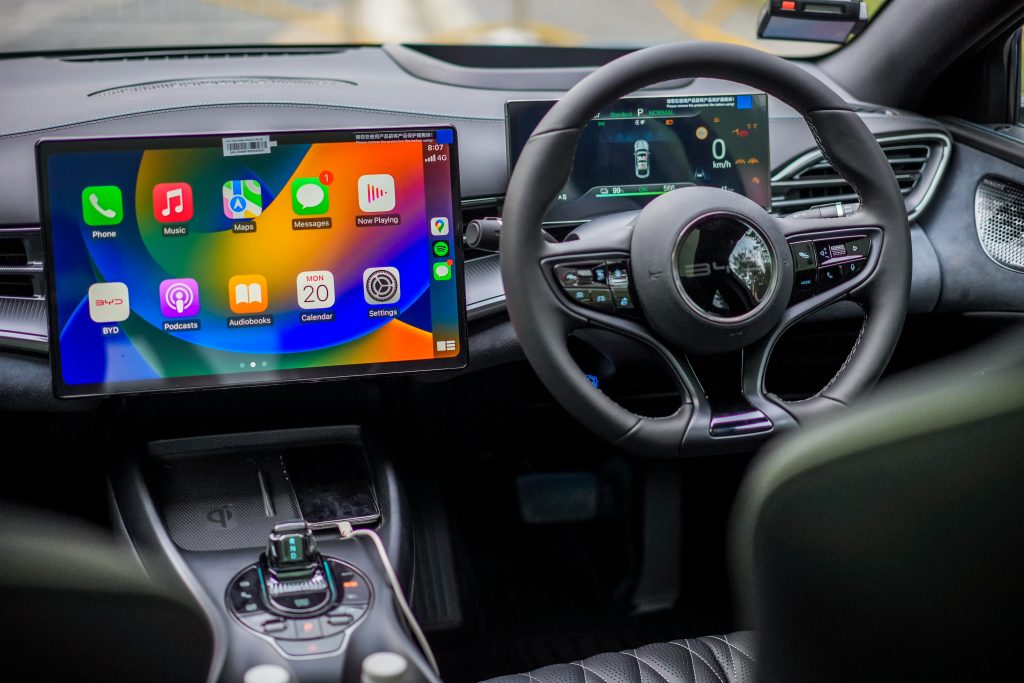
For one, this Performance spec of Seal affords its driver pretty much all the power in the world to play with. Packing a whopping 530 PS and 670 Nm of torque from its twin motor setup, even part throttle is already sufficient for this sporty all-electric sedan to sweep past everything else on the road.
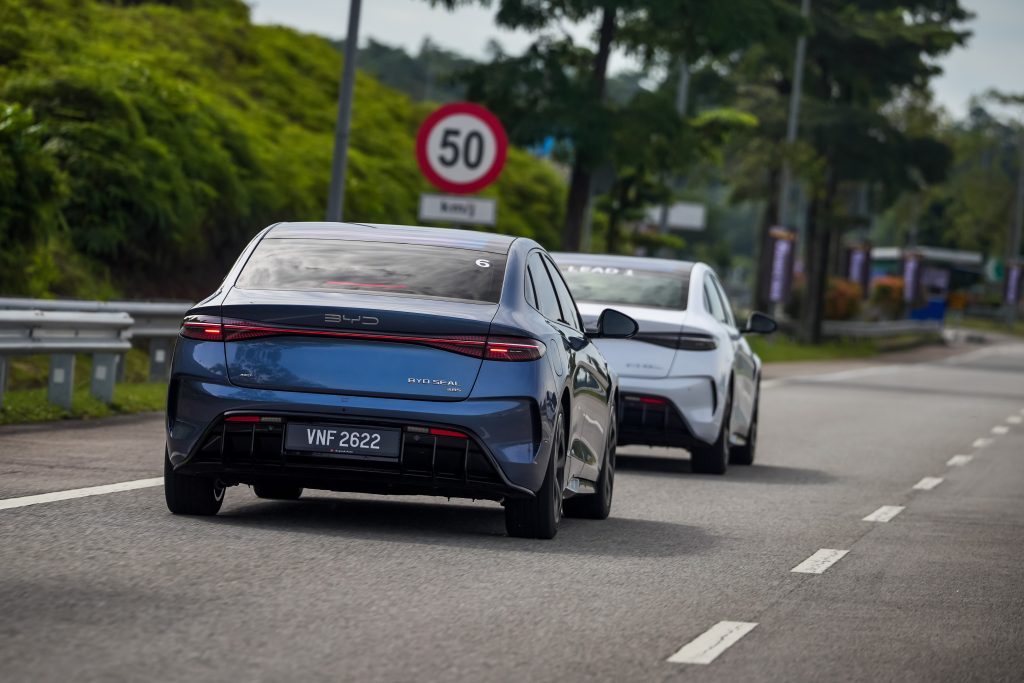
Living up to its claim of being a sporty sedan too, the Seal’s steering, at least in its heaviest ‘sport’ setting, does indeed provide the driver with sufficient confidence to put all that power down when the road ahead gets twisty. For all that was said about blown shock absorbers up top also, the suspension setup was nevertheless to be stiff enough that the Seal remained stable at speeds well beyond what is legally allowed locally.
In mixing the good and the bad here however, it would be remissed not to mention that the test car that we were piloting had a puzzling issue of the traction control coming on intermittently while just cruising on completely dry and smooth tarmac. One has to wonder if it is a grip issue with these Continentals, or that the BYD just makes too much power for its tyres(?)
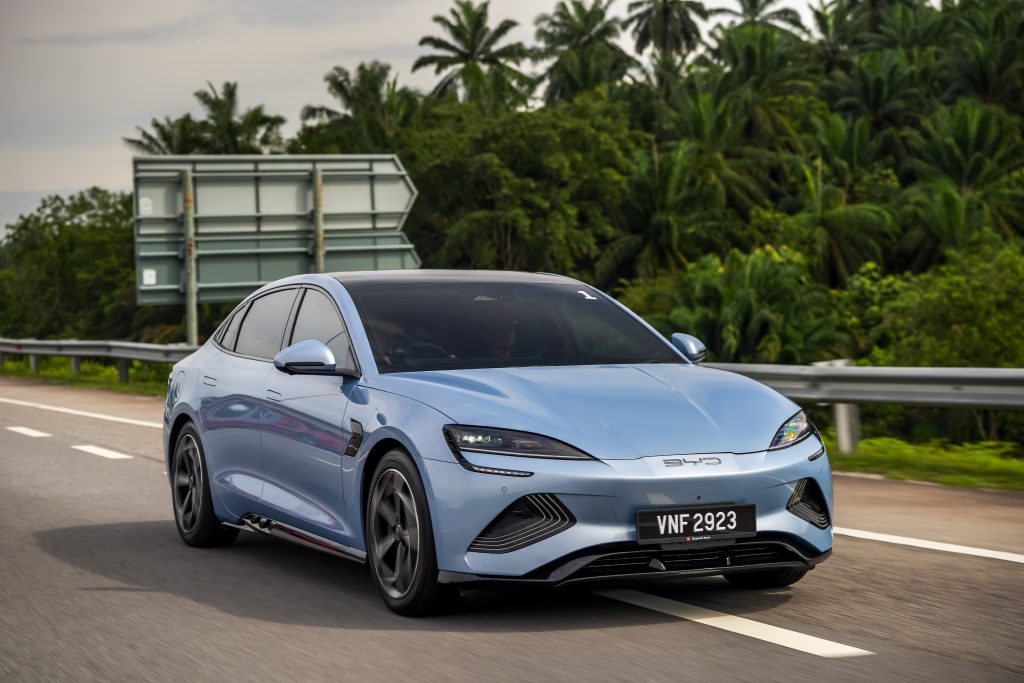
Oh, the lane keep assist was also constantly cutting in and tugging the wheel while changing lanes, even when the turn signal is on. More than a few times while performing an indicated lane change that the car attempted to steer itself back into its lane. But there should be a setting somewhere that one could find to turn all this off.
In the Gymkhana
Now let it be noted that this writer here emphatically does not profess to be the best driver out there (and his middling gymkhana times are certainly evidence to that). So it may not be for him to definitively say how the Seal Performance handles at the limit. Then again, what this writer personally felt was for this BYD to perform decently enough when being flicked around, especially for what is essentially a sporty variant of a predominantly premium sedan.
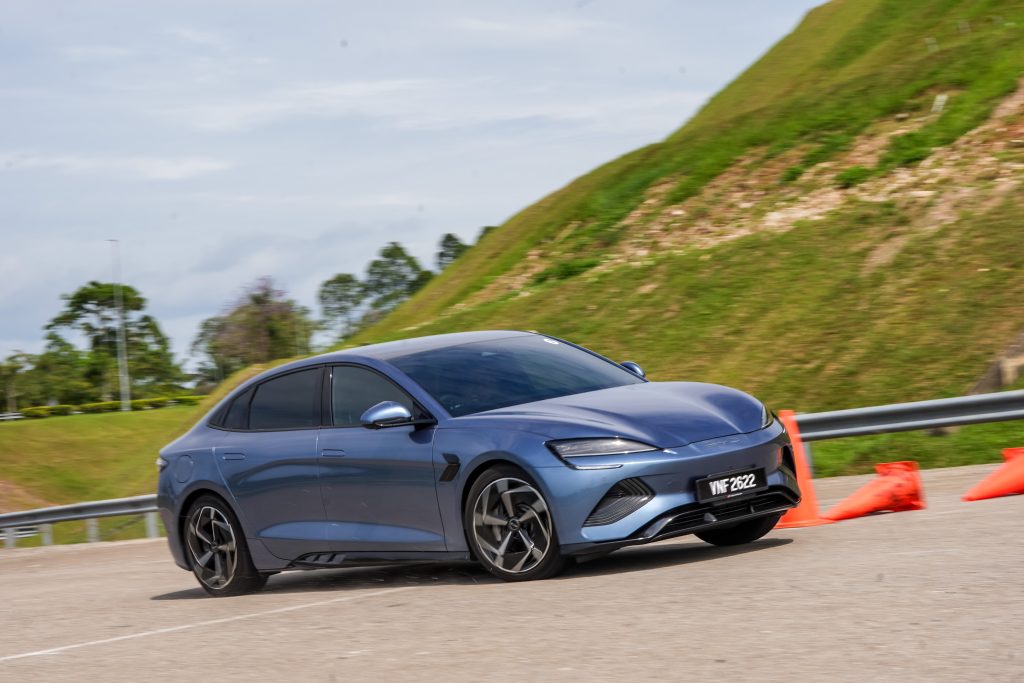
The previously-mentioned well-weighted steering for instance was also quick and responsive enough to make this Seal Performance feel much more nimble and agile on the tight and twisty autocross course than its exterior dimensions might suggest. The transition between regenerative and actual braking is pretty seamless too, thereby making it easy to modulate in more aggressive applications.
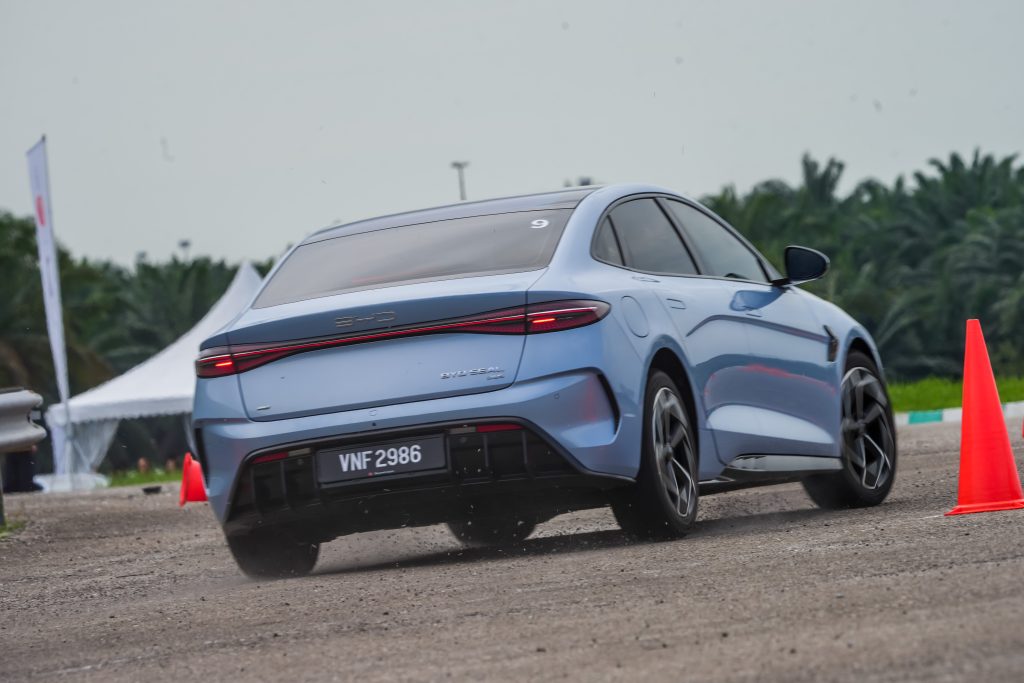
Oh, need it further be added that having the instantaneous wallop of electric power on tap is basically an autocross cheat code to a blistering time? After all, who needs to worry about being within a power band when peak torque in an EV is available the instant the motors spins up.
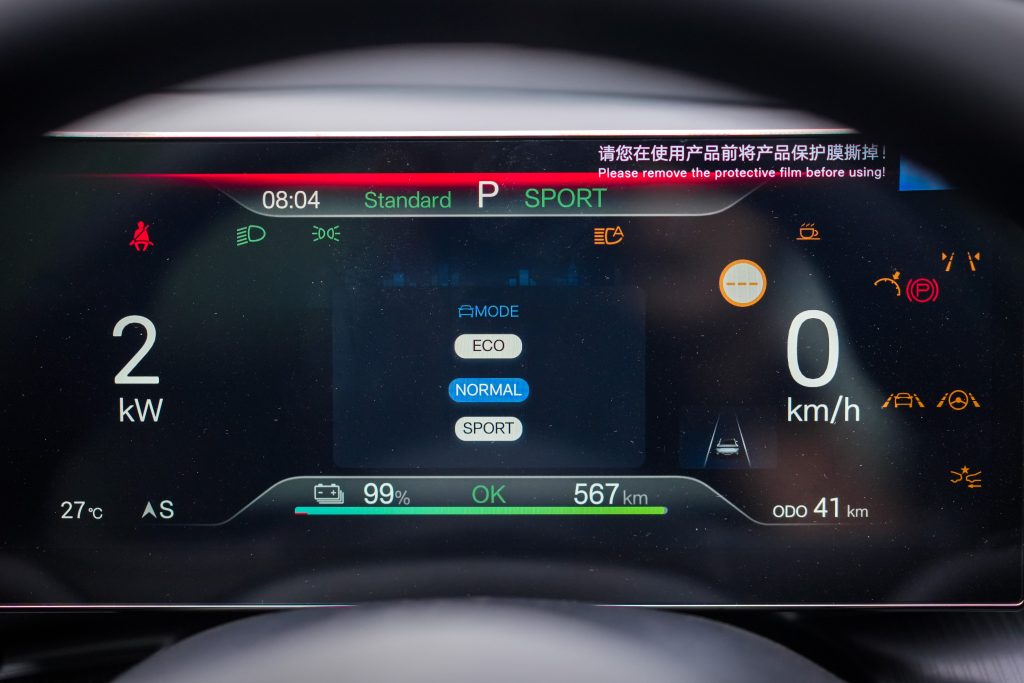
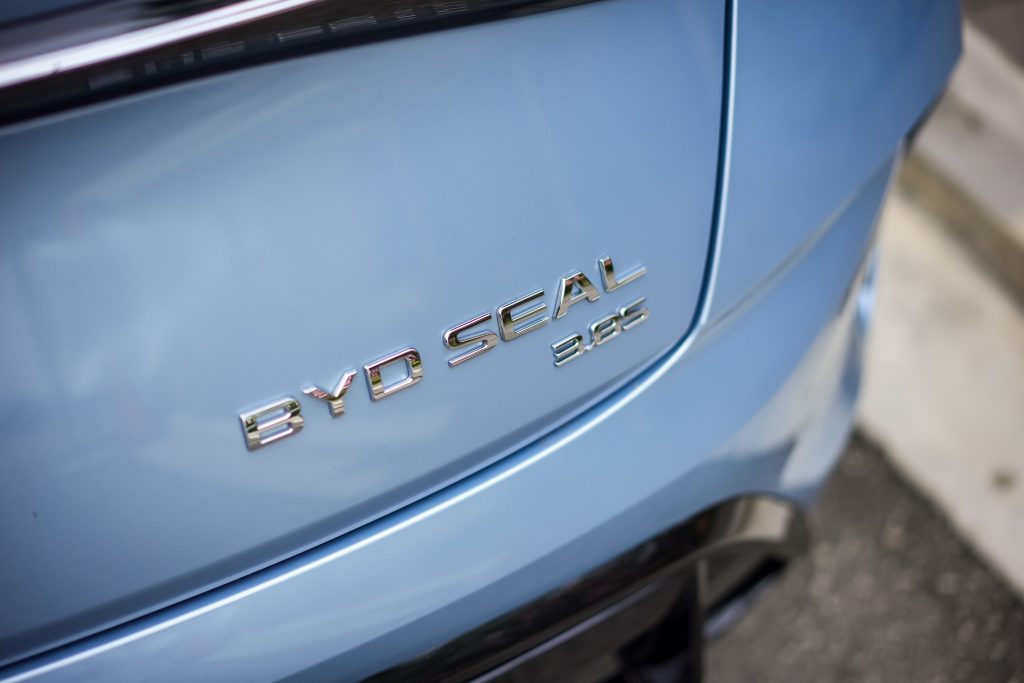
A top tip here however for those who want to set a quick time in a gymkhana course with the a high-performance EV like the BYD Seal Performance, full throttle launches are only for those who have undergone intensive roller-coaster training. Such is as the precious milliseconds saved from a rocketship start will then spent on trying to recover from the inertia before the first obstacle.
And on the topic of inertia meanwhile, one expected black mark with the Seal Performance regarding its autocross performance is that the near 2.2-tonne kerb weight is rather apparent when flicking it around the course. Despite all the intelligent systems trying their best to keep it at bay somewhat (which in itself is already pretty commendable really), this big, heavy car does still feel exactly like that when it comes to threading through the tightest and fastest sections.
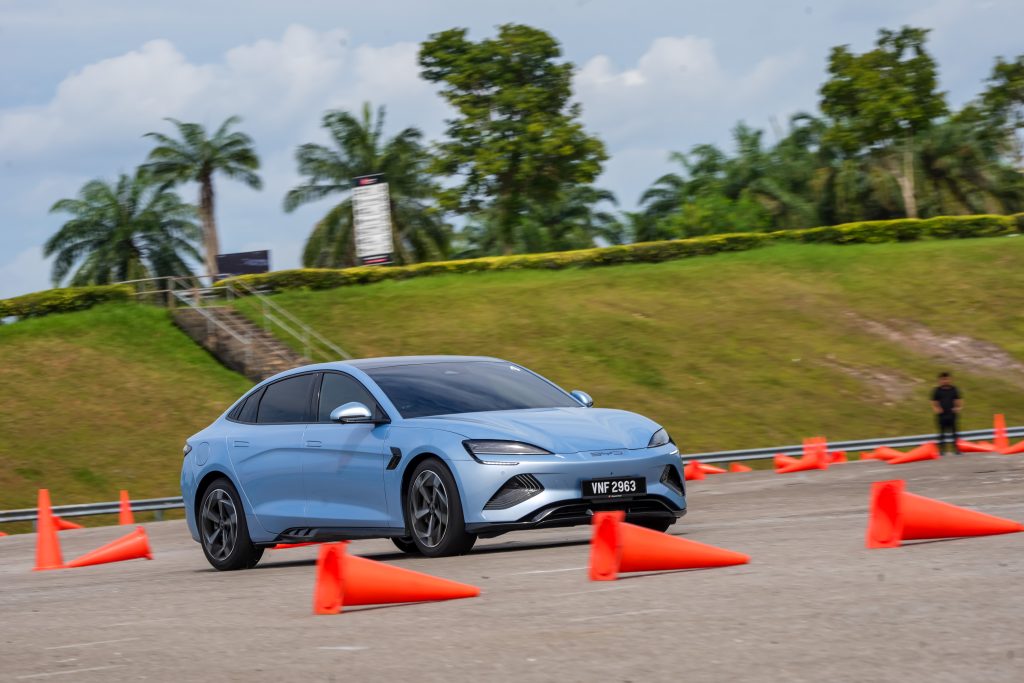
In ending this impressions recap on a positive note though, perhaps the most impressive thing about this BYD is that even after a whole day of caning this all-electric sports sedan all the way from KL to Sepang and back, it still showed for there to be about 200+ km of range left in its batteries.
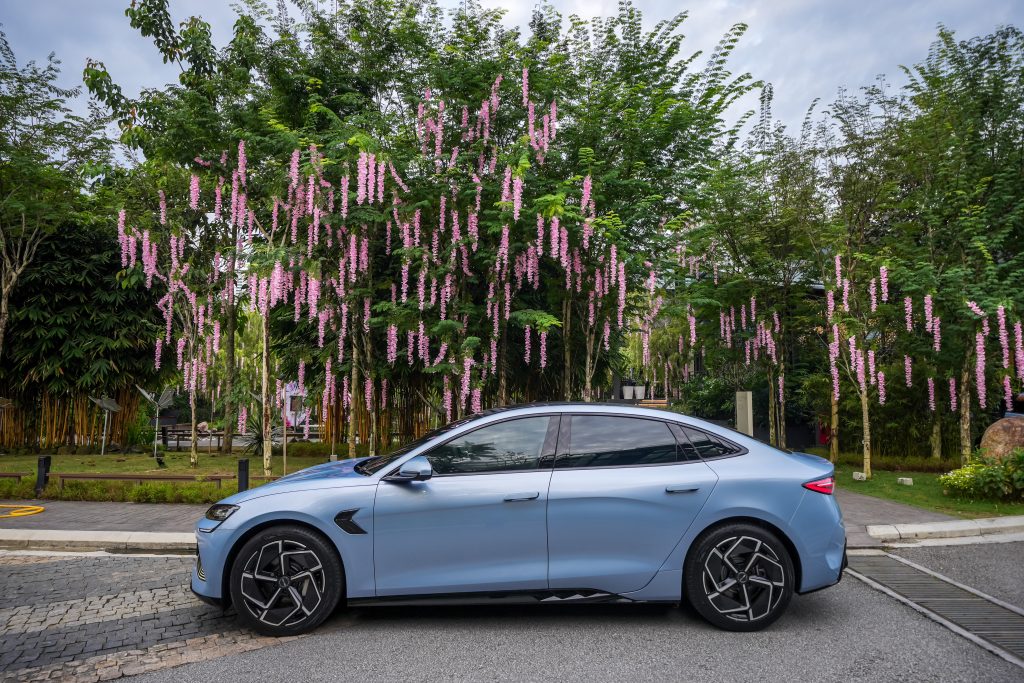
Also since BYD took the trouble to put on this performance, here’s just a few shots showing a Seal (albeit the RWD Premium variant) drifting.

